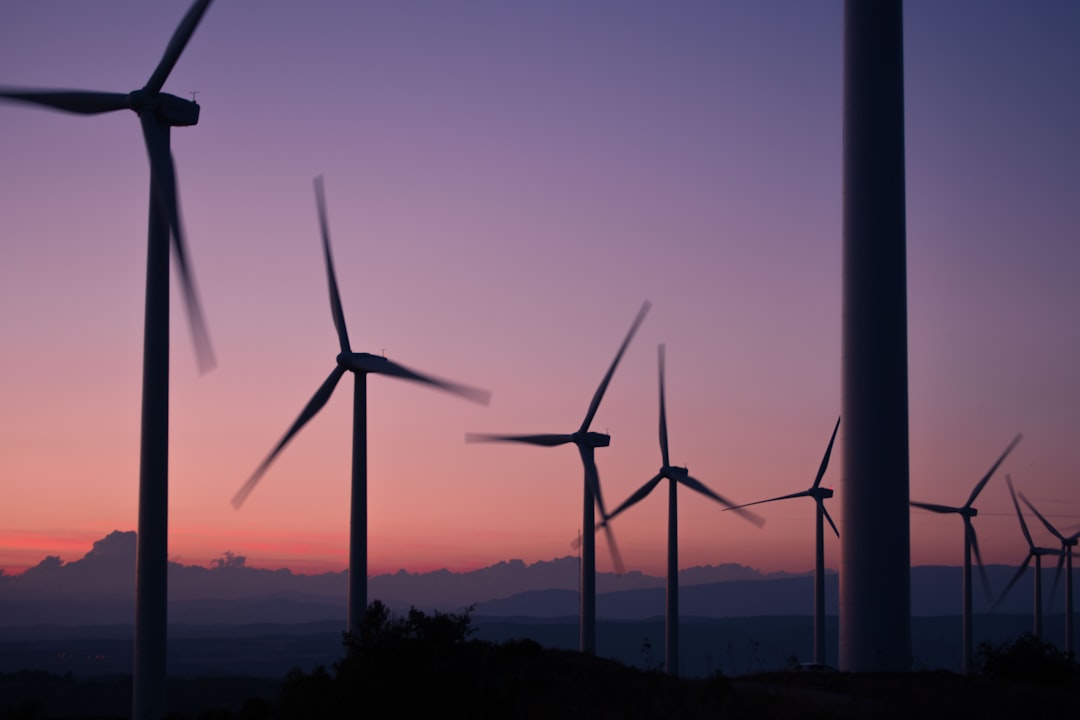Some pretty good news on climate matters this week! Let’s dive right in, but not literally, because we’re starting with some news about cement and concrete, and that would hurt worse than diving into a pile of gold.
When we talk about the biggest contributors to greenhouse emissions, most people sensibly think of cars and factories and big old jet airliners, but they’re less likely to give much thought to lowly boring Portland cement, the powdery stuff what binds with water, sand, and gravel to make concrete. Just making the stuff is actually remarkably carbon-intensive, both because 1) the process requires heating up limestone in kilns that reach temperatures around1400 degrees Celsius (2550 F), usually by burning coal or methane gas; and 2) breaking down the limestone at those high temperatures releases a lot of carbon dioxide, too. All told, worldwide cement production is responsible for about eight percent of annual CO2 emissions, which is more than double the emissions from all aviation, everywhere. (Rightwingers never shake their fists at cement plants the way they do at John Kerry for flying to international climate summits, though.)
So what the hell, how about we hit both parts of those emissions? Some approaches to making lower-carbon cement have focused primarily on replacing the fossil fuels needed to heat up the kilns, but that still leaves the emissions that result from breaking down limestone. Happily, a whole bunch of startups are focusing on new approaches that reduce or even eliminate those emissions by using chemical processes and materials that make cement without needing any heat, as this piece at Canary Media explains. (We are going to save ourselves a lot of time by not getting into the chemistry stuff here, which is almost as annoying but essential as math.)
The article also sings a tune that should be music to Joe Biden’s ears, pointing out that roughly half of all concrete used in the USA is purchased by government at all levels, and that the federal government could use its purchasing power to push the industry to adopt low-or-no-carbon cement for public projects, yes it could.
But wait, there’s more! The Seattle Times has this nifty article on companies in the Pacific Northwest that are working on zero-carbon concrete, including a process that makes concrete that captures and sequesters airborne CO2 as the concrete cures after being poured. And if you want a deep dive, check out this recent Volts podcast in which David Roberts interviews Leah Ellis, CEO of Sublime Systems (it is a pune or play on words) about how her startup is making cement. They’re close to building a plant that will produce a kiloton of carbon free cement annually. For now, Sublime’s pilot plant is limited to 250 tons a year — Ellis calls it “our cement plant for ants.”
Climate scientist Michael Mann, a contributor to the UN’s Intergovernmental Panel on Climate Change report and all around climate expert, is finally getting his day in court. This week, his 2012 defamation lawsuit against a couple of climate change deniers is finally going to trial, as Scripps News reports.
Mann sued two authors and their employers, Rand Simberg, an analyst at the Competitive Enterprise Institute, and Mark Steyn, a National Review blogger, for making false and defamatory statements, accusing him of academic fraud and likening him to convicted child molester Jerry Sandusky.
In 2021, judges ruled that the CEI is not responsible for an “outside” blogger’s attack and granted National Review’s motion to be dismissed from Mann’s case, stating the authors were not employees of the CEI or National Review.
Simberg and Steyn are still liable for their claims, though. They claimed that global warming is a hoax and that Mann manipulated data to support the thing that they said is definitely not causing extreme weather events, changes to growing seasons, sea level rise, and mass extinctions. Opening statements began Thursday, and the trial is expected to last through early February.
Get ‘em.
Also, if you want a good book on the climate crisis, check out Mann’s most recent one, Our Fragile Moment: How Lessons from Earth’s Past Can Help Us Survive the Climate Crisis (Wonkette cut link), which makes a persuasive case for both hope and getting our asses active in the fight.
Canary Media brings us this chart, based on data from the International Energy Agency, showing current and projected growth of renewable energy, which reached another record last year:
All told, the world increased the rate of renewable energy growth by almost 50 percent over 2022, adding 507 gigawatts of renewables in 2023, the biggest increase in more than 20 years. That’s expected to continue as the costs of renewable energy keeps declining compared to fossil fuels. A few highlights:
Solar — both utility-scale and rooftop — is the undisputed leader when it comes to new generation. Over 370 gigawatts of solar power were installed around the world in 2023, equal to about three-quarters of the new renewable energy built last year. […]
From a geographic perspective, China continues to far outpace every other country; it built as much new solar capacity last year as the entire world did in 2022. That blistering growth is expected to continue in the years to come, with the European Union and the United States trailing behind as the second- and third-largest growth regions for renewables.
This record-setting growth helped push the global grid to a cleaner mix than ever before. Last year, renewables made up about 30 percent of total electricity generation, up from 25 percent in 2018.
Keep that in mind when you see people claim clean energy is just a fad, or when some Chud claims it’s a pipe dream. Nonsense: It’s happening right now, and the IEA projects that this year, wind and solar combined will produce more energy than hydroelectric, currently the top source of renewable energy. By 2025, they should overtake coal as the biggest source of electric power. And while we’re at it, remember that the US actually reduced carbon emissions last year, even as the economy grew.
But however quickly we roll out more renewables, we still need to push our electeds to do even more: With all the growth, we’re not yet on track to reach the goal adopted at COP28 in December of tripling renewables by 2030.
Sounds like a challenge. Let’s meet it.
PREVIOUSLY ON THIS TOPIC!
[Canary Media / Seattle Times / Volts / Scripps News / Canary Media]
Yr Wonkette is funded entirely by reader donations. If you can, please subscribe, or if a one-time donation would make you purr, it would make us purr too!
























































![Key Metrics for Social Media Marketing [Infographic] Key Metrics for Social Media Marketing [Infographic]](https://www.socialmediatoday.com/imgproxy/nP1lliSbrTbUmhFV6RdAz9qJZFvsstq3IG6orLUMMls/g:ce/rs:fit:770:435/bG9jYWw6Ly8vZGl2ZWltYWdlL3NvY2lhbF9tZWRpYV9yb2lfaW5vZ3JhcGhpYzIucG5n.webp)


























